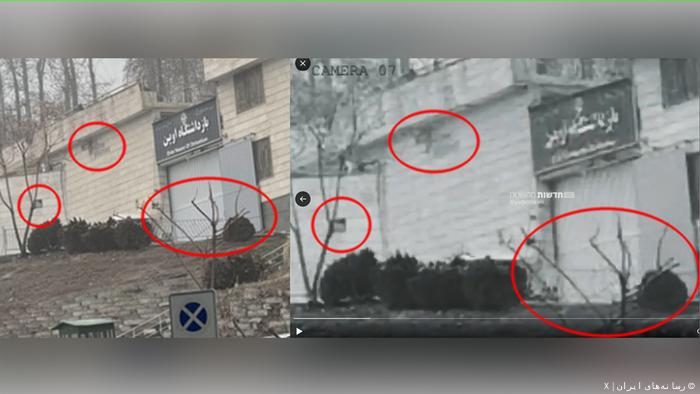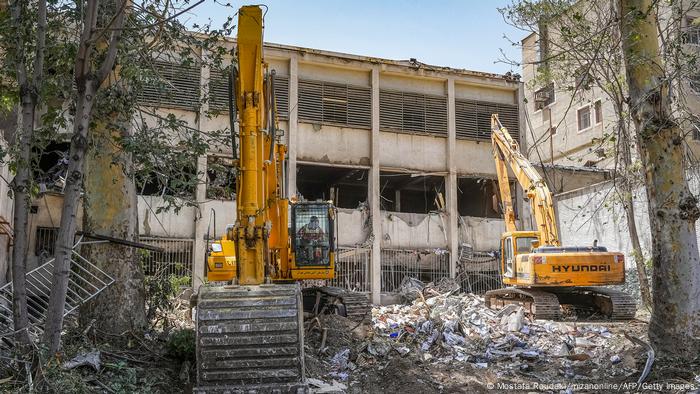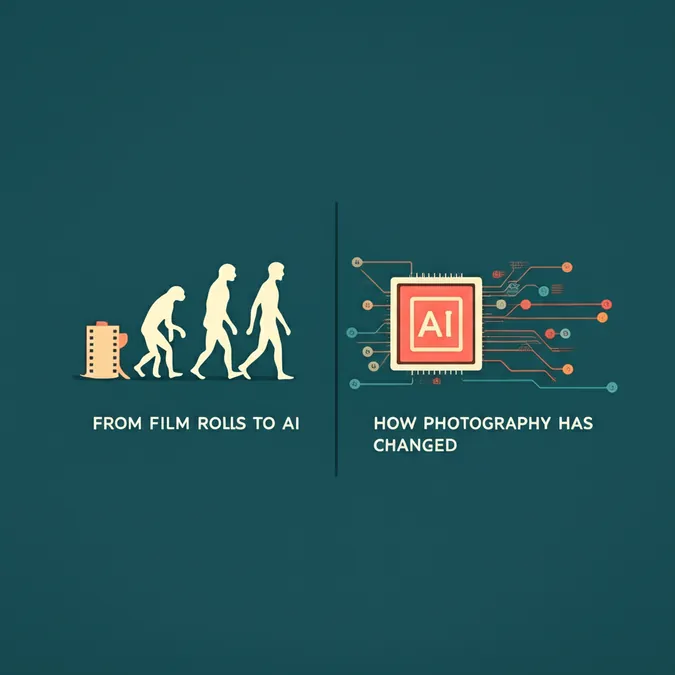Unmasking The AI Fake Video Of The Evin Prison Attack
A Viral Blast and Widespread Deception
A dramatic video showing an explosion at the entrance of Tehran's notorious Evin prison recently spread like wildfire across the internet. The black-and-white footage, framed as a surveillance camera recording, was shared by high-profile figures like Israeli Foreign Minister Gideon Saar and was initially picked up by major international news outlets, including The New York Times, BBC, and ARD. The confusion was compounded by the fact that an Israeli attack on the prison was later confirmed by Iran's judiciary, lending a false air of authenticity to the video.
However, the footage was quickly flagged by digital forensics experts as a probable fake, leading the media organizations to delete the video and issue corrections. The prison itself is widely known for reports of human rights violations against political prisoners.
Uncovering the Digital Ghost in the Machine
Investigators discovered that the viral video was not new footage but an animation created from an old photograph. The source appears to be a still image of the prison entrance that has been online since at least January 2023. A detailed comparison reveals impossible similarities between the video and the old photo.
Noticeable details, such as the exact pattern of missing tiles on the building's facade and the same bare, leafless shrubs, are identical in both the video and the 2023 photograph. This seasonal detail is a critical giveaway; the photo was clearly taken in winter, while the real-life attack occurred in the summer when the foliage would be green and full.

Photos of the actual damage released by Iranian news agencies confirm this discrepancy, showing trees and bushes covered in green leaves, which starkly contrasts with the barren landscape in the viral clip.

Expert Analysis Points to AI-Generation
Hany Farid, a professor at the University of California, Berkeley, and an expert in digital forensics, weighed in on the video. In a post on LinkedIn, he explained that while the video's heavy compression makes a deep forensic analysis challenging, "It seems more likely that an AI-powered image-to-video generator was used with this image as the source."
The deliberately poor video quality and the switch to black and white were likely creative choices to make the clip appear as a plausible surveillance recording, which also makes it more difficult for reverse image search tools to identify the source.
The Dangerous Reality of AI Fakes
Farid warns that this incident is part of a "growing and disturbing trend of fake content circulating online as major world events unfold, making our understanding of what is happening and how to respond shaky, at best." Numerous other fact-checking organizations, including those from Libération, VRT, and ABC News Australia, reached the same conclusion: the video is not authentic.
The fake was particularly effective because it was anchored to a real event, as media reports confirmed damage to the prison complex. As AI tools improve, this "muddying of waters" makes it increasingly difficult for the public to distinguish between what is real and what is fake, posing a significant threat to our shared sense of reality.


